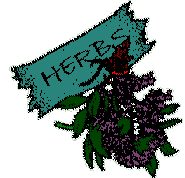 Herbs--T
Herbs--T 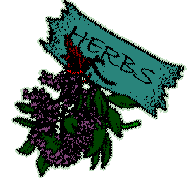
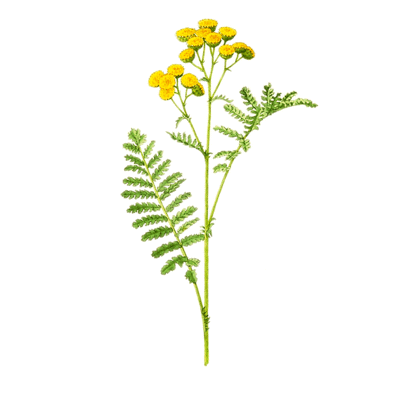 |
Common Names: Tansy Latin Name: Tanacetum vulgare Parts Used: Leaves and flowers Cultivation: Tansy is a perennial weed. It is hardy to zone 4, growing in average soil in full sun to part shade. It is very invasive. Cosmetic Uses: Tansy makes a soothing, cleansing lotion which is useful in treating acne. Culinary Uses: Tansy has a strong peppery flavor. It is popular used in pancakes, waffles, puddings, and egg dishes. Magickal Uses: Tansy gets its name from "athanasia," the Greek word for "immortality." It was the prime ingredient in the potion which made Ganymede, the cupbearer of the gods, immortal. It is carried to lengthen the life span. Medicinal Uses: Tansy is an excellent insect repellent. It is useful in treating roundworm and threadworm. Externally it can be used as a wash to treat scabies and as a poultice for rheumatic joints. Cautions: Tansy is a strong emmenagogue and should not be used during pregnancy. In large doses tansy can cause fast, weak pulse, spasms, foaming at the mouth, and death. |
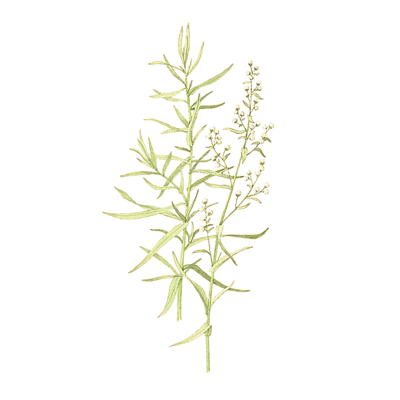 |
Common Names: Tarragon, French Tarragon Latin Name: Artemisia dracunculus Parts Used: Leaves Cultivation: Tarragon is a perrenial, hardy to zone 4. It likes rich, sandy, well-drained soil, with a pH of 6.9, in full to partial shade. When you buy seeds, make sure that you are not buying Russian tarragon (A. dracunculus var sativa, a variety which does not have the same aromatic oils.) Culinary Uses: Tarragon has a strong flavor and may overshadow other herbs. It turns bitter if cooked too long. It is one of the French fines herbes and is a principal ingredient of Bearnaise sauce. Use it with fish, poultry, broccoli, and egg dishes. Tarragon makes good herb butters and vinegars. Magickal Uses: The plant's name comes from the French word for "dragon," esdragon. It was credited with being able to treat snakebite and ease fatigue; pilgrims in the Middle Ages put sprigs of it in their shoes before starting their journeys. Medicinal Uses: Tarragon oil seems to have a mild anesthetic effect, and is frequently used in the treatment of toothache. |
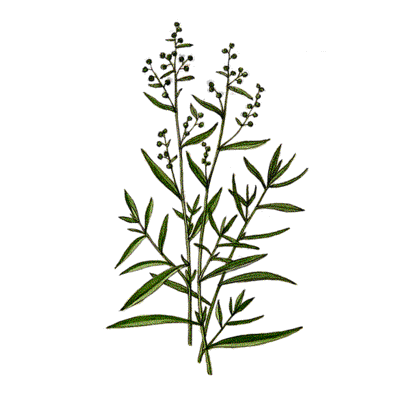 |
Common Names: Thyme Latin Name: Thymus vulgaris Parts Used: Leaves and shoots Cultivation: Thyme is a hrdy perennial, growing best in light, dry, well-drained soil with a pH of 6.3. It likes sun but will tolerate partial shade. Cosmetic Uses: Use thyme for a stimulating and antiseptic herbal lotion. Culinary Uses: Thyme is also one of the fines herbes. It works well in just about every kind of cooking. There are several flavored varieties as well; lemon thyme is one of my favorites. Magickal Uses: Burn as incense or wear to attract good health. Place a sprig beneath your pillow to ensure dream-free sleep. It is frequently burned before ritual to cleanse the area. Medicinal Uses: Thyme is used to treat sore throats, coughs, and colds. It's an expectorant, diaphoretic, and antibiotic. Thyme tea is useful for indigestion and colic. Use externally to treat shingles and rheumatism. |